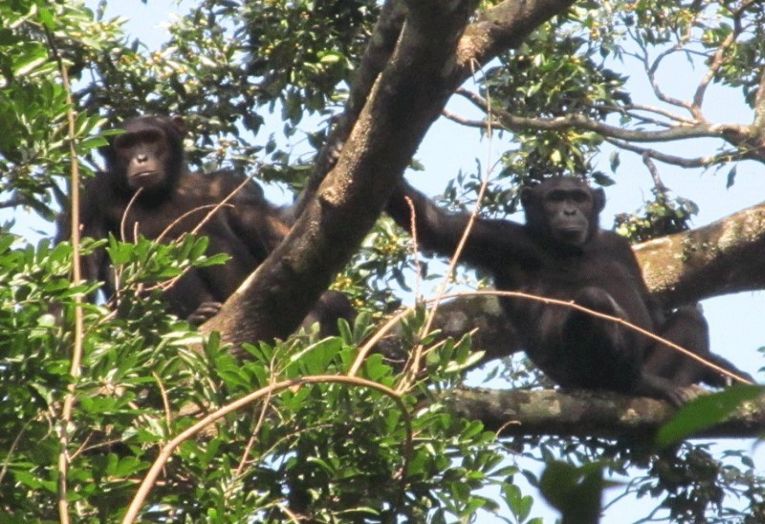Eastern chimpanzees are the Pan troglodytes schweinfurthii subspecies of ape that are found from the Sudan as far west as Sudan, with their fame extending to the Gombe Reserve, where Jane Goodall worked. With bushmeat operations a major threat to their existence, a new population of several thousand, deep in the Congo forests is welcome, but vulnerable to human predation. This location in the Bili-Gangu Forest of the Uele region has a large and continuous population of the sub-species, which is vital for outbreeding as well as the future of the ape.
Scientists working in the Max Planck Institute of Leipzig and the University of Amsterdam conducted surveys in 2005 and 2012 in order to establish that the animals are almost stable in numbers, despite the poaching threat. How do we protect 50,000 square km of jungle? Well it seems we must do that, or the whole future of apes would be in doubt.
The last 20 years have seen great apes' populations all declining quickly, by up to 90%. Mapping chimpanzee populations has improved in order to find this latest large "multi-society," that exhibits cultural connections between northern and southern groups. In addition to this, John Hart of the Lukuru Foundation has stated, "Bili-Gangu's diverse mosaic of closed forest, wooded savannas and open grasslands, with its populations of chimpanzees, elephants, leopard and other large mammals, rare or extirpated elsewhere, represents one of Congo's most important opportunities for the establishment of a new conservation initiative within the Bili-Uere complex." Without some kind of initiative, the fauna will have no protection from mining, loss of habitat, poaching, and human disease.
The lead author of nine is Thurston C Hicks of both Max Planck Institute and Amsterdam. They publish: Absence of evidence is not evidence of absence: Discovery of a large, continuous population of Pan troglodytes schweinfurthii in the Central Uele region of northern DRC in the journal Biological Conservation. If you would like more information on African great ape distribution, we highlight a previous Max Planck Institute study here with an Ape Map from the Institute.










